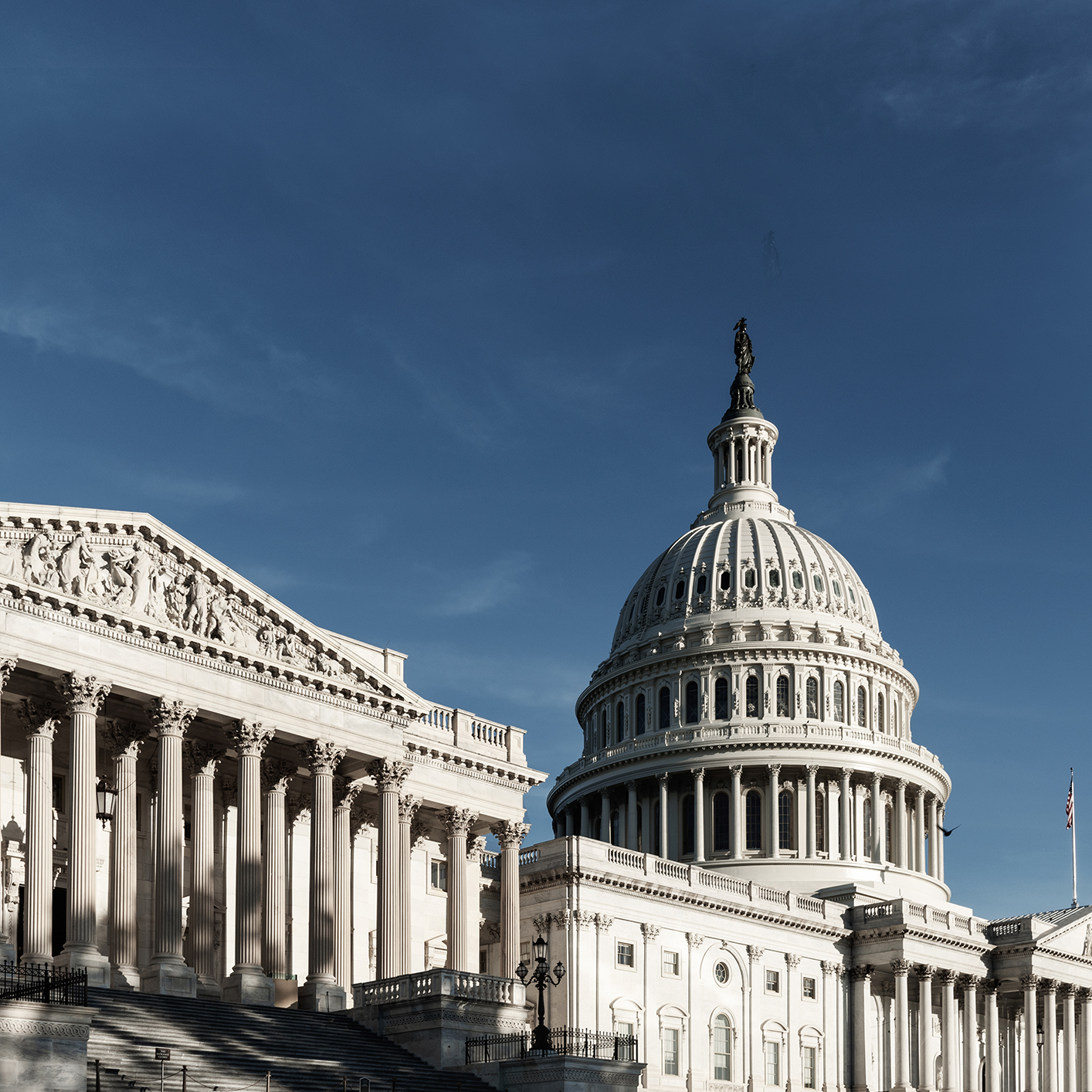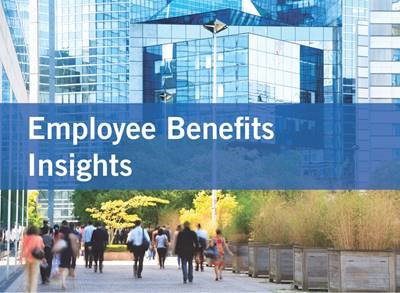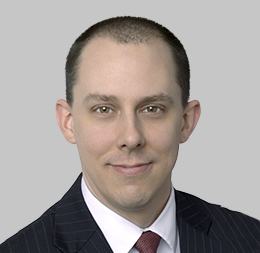Diving Into SECURE 2.0: The Gifts that Keep on Giving — Auto-Enrollment Expansion, Extra Catch-Up Contributions, the New Saver’s Match, Fee Disclosures Improvements, and New Requirements for Paper Statements

As many celebrate the holiday season, SECURE 2.0 keeps gifting us its presence for the new year and beyond with the advent of auto-enrollment expansion, extra catch-up contributions, the new saver’s match, fee disclosure improvements, and new requirements for paper statements.
SECURE 2.0 DEEP DIVE
The SECURE 2.0 Act of 2022 (SECURE 2.0) significantly changes the legal and administrative compliance landscape for U.S. retirement plans. Foley & Lardner LLP is authoring a series of articles that take a “deep dive” into key SECURE 2.0 provisions that will affect how employers structure and administer their 401(k) plans, pension plans, and other types of employer-sponsored retirement plans.
Auto-Enrollment Expansion
Brief overview. For most 401(k) and 403(b) plans that are newly established on or after December 29, 2022, the effective date of SECURE 2.0., the plan must provide for automatic enrollment of newly eligible employees at a rate of three percent of pay (but not more than 10%), which must increase by one percent on the first day of each plan year until the participant reaches a contribution level of at least 10% of pay (but not more than 10%), but the foregoing requirements only apply starting with the 2025 plan year. Certain exceptions apply to church and governmental plans, plans of small businesses (with 10 or fewer employees), and plans of new employers (in existence for less than three years).
Items to think about. The operational timing of this permissive gifting provision operates almost like a jack-in-the-box. While it applies to affected employers who establish a new plan on or after December 29, 2022, it does not pop up until the 2025 plan year. Employers who would otherwise have to worry about that requirement and amendment down the road may choose to institute auto-enrollment now and avoid any holiday rush in 2025.
In addition, even unaffected employers may wish to revisit auto-enrollment for their plan if they have not instituted it already. While individual circumstances differ, even for employers, auto-enrollment has proved more popular over the years to help with non-discrimination testing, increase employee participation, and provide additional benefits, especially for plans that offer a matching contribution. Research indicates that 9 in 10 automatically enrolled new hires remained in their employer’s plan after three years, so it can also be seen or portrayed as a way the employer acts in the best interests of its employees and keeps its retirement plan competitive. In short, reasons for implementing auto-enrollment exist even outside of SECURE 2.0.
Extra Catch-Up Contributions
Brief overview. In general, most 401(k) and similar retirement plans offer participants aged 50 or older the ability to defer compensation beyond the regular 402(g) contribution limit.
For example, a participant who is age 61 and participates in a plan with a catch-up feature may defer compensation up to the regular limit of $23,000 in 2024, but an additional $7,500 of catch-up contributions.
While we previously discussed and celebrated the delayed requirement that catch-ups for higher-income employees be made on a Roth basis, SECURE 2.0 also permits plans to increase the catch-up contribution limit to the greater of $10,000 (indexed for inflation) or 150% of the regular catch-up limit for participants aged 60, 61, 62, or 63, also starting in 2025. Once a participant reaches age 64, however, or will do so during the year, the extra catch-up contribution feature disappears, and the regular catch-up limit once again applies.
Items to think about. While not a mandatory change, and not available for another year, employers who already offer regular catch-up contributions would do well to start thinking now about this feature, talking to recordkeepers and internal personnel about its administration. Those who implement it will then need to track at least three separate age groups, ages 50 to 59 for regular catch-up, ages 60 to 63 for extra catch-up, and ages 64 and older for regular catch-up. Planning for that now will allow those in charge of payroll and similar operations to carefully think through and work with others on what needs to be done well before the next holiday season.
New Saver’s Match
Brief overview. A lesser talked about gift from SECURE 2.0 was the enactment of the Saver’s Match, with a “do not open until” effective date of January 1, 2027. Until that date, the Saver’s Credit remains in effect, which provides a tax credit of 10%, 20%, or 50% of contributions made to an IRA, 401(k), 403(b), SIMPLE plan, or certain other retirement plans, up to a maximum of $4,000 if married filing jointly, but generally only for low and moderate-income taxpayers, with $73,000 being the adjusted gross income limit for 2024 for those married filing jointly. While still wanting to encourage saving, the Saver’s Match replaces the foregoing credit into a federal matching contribution that must be deposited, on a non-taxable basis, into the taxpayer’s IRA or eligible employer-sponsored retirement plan. (Special rules apply if the amount involved is less than $100.)
Items to think about. Like any gift promised for the future, this provision can be easy to forget. It will certainly require new coordination and administration not yet available, and a corresponding provision of SECURE 2.0 directs the Treasury Department to increase public awareness of the match by low- and moderate-income taxpayers and report to Congress on the Match no later than July 1, 2026. However, savvy employers do not need to wait to take advantage of this long-awaited gift. Until then, those in charge may consider reminding or letting employees know about the current Saver’s Credit, perhaps asking the plan recordkeeper if it has ready-made instruction materials it could then distribute. That relatively simple action may help encourage participation by the very employees who are the least likely to contribute, and that in turn may help with annual discrimination testing. Those kinds of actions may also make it easier when the time comes to transition from the Credit to the Match system because employees may have developed better savings habits by such time.
Fee Disclosure Improvements (for Defined Contribution Plans)
Brief overview. Another provision of SECURE 2.0 with a not yet effective date is fee disclosure improvements for defined contribution plans, which requires the Department of Labor (DOL) to review its fiduciary disclosure requirements for participant-directed individual account plans, like 401(k) plans, and then report back to Congress by December 29, 2025 on such findings, including recommendations for legislative changes. During the late summer and early autumn months, the DOL asked for and received input on such fee matters (as well as other reporting and disclosure requirements), specifically with respect to the content and adequacy of information currently being provided to participants, what improvements or changes, if any, should be made to enhance participant understanding of plan and investment costs, and what modifications might be made to the DOC model comparative chart for investments to enhance its effectiveness.
Items to think about. The focus on fees should come as no surprise as they have long been the attention of not only plaintiffs’ attorneys but other groups as well. In a lengthy 2021 report, the Government Accountability Office reported that “almost 40 percent of 401(k) plan participants do not fully understand and have difficulty using the fee information that the [DOL] requires plans to provide to participants in fee disclosures.” That confusion may be compounded by the combination of direct fees that employers charge directly to participant account balances, and which must be disclosed as a formula or dollar amount in the annual fee disclosure, in addition to indirect fees deducted from investment fund returns, such as revenue sharing, often part of the expense ratio of a fund, and generally subject to different disclosure methods.
Given the foregoing, moderate to significant changes seem more a matter of when than if. Employers would do well, however, to make sure they understand how current plan fees operate, both direct and indirect, so that fiduciaries can fulfill their duties, answer questions, provide helpful information to plan participants, and seek to ensure that the fees being paid are prudent for the services provided. Acting as a prudent fiduciary will remain the rule, even as the reports and charts are changed.
New Requirements for Paper Statements
Brief overview. Effective for plan years beginning after December 31, 2025, unless a participant requests otherwise, or the plan furnishes its benefits statements in accordance with the DOL’s 2002 electronic delivery safe harbor rules, a defined contribution plan must provide a paper benefit statement at least once every calendar year to plan participants. (The other three quarterly statements required under ERISA are not subject to this rule and may be provided electronically). A similar requirement and its exceptions apply to defined benefit plans, so the statement that must be provided once every three years under ERISA must be a paper statement. (The 2002 safe harbor permits electronic disclosure if the participant has affirmatively consented in accordance with the rules or for certain situations where electronic access is an integral part of employment, so it provides limited relief to employers with limited technology or those with large numbers of employees without the required electronic access.)
Items to think about. A return to hard copy statements of any kind may not have been on most wish lists, but there is a running theme in parts of SECURE 2.0 to not only provide participants with more transparent and understandable information but to also ensure its receipt or attention. Fortunately, the DOL must update its corresponding regulation and guidance by the end of 2024, which should provide time for recordkeepers and others to consider and implement the necessary procedures.
Even prior to its effective date, however, plan fiduciaries and those with administrative plan duties would do well to review not only how current plan notices are distributed, focusing on whether such methods meet current plan requirements, which parties are responsible for such distribution, and proof that distribution is occurring, but also on the substance of the notices themselves. Are they reviewed for accuracy and clarity and do those responsible for their distribution understand the purpose and content of the notice? A few minutes of review, and any edits as needed, can not only help protect against participant claims but may also reduce questions from participants, reducing legal and administrative costs.
 |
As part of Foley’s ongoing commitment to provide legal insight to our clients and colleagues, our Employee Benefits and Executive Compensation Group has a monthly newsletter we call “Employee Benefits Insights,” where we provide you with updates on the most recent and pressing matters concerning employee benefits and other related topics. Click here or click the button to the left to subscribe. |
